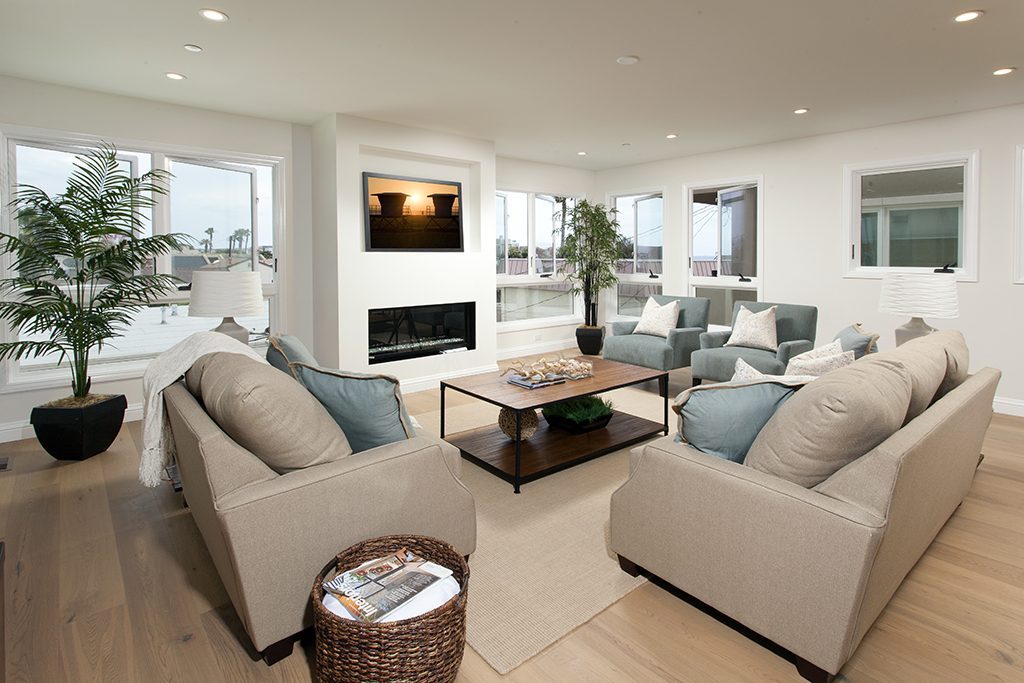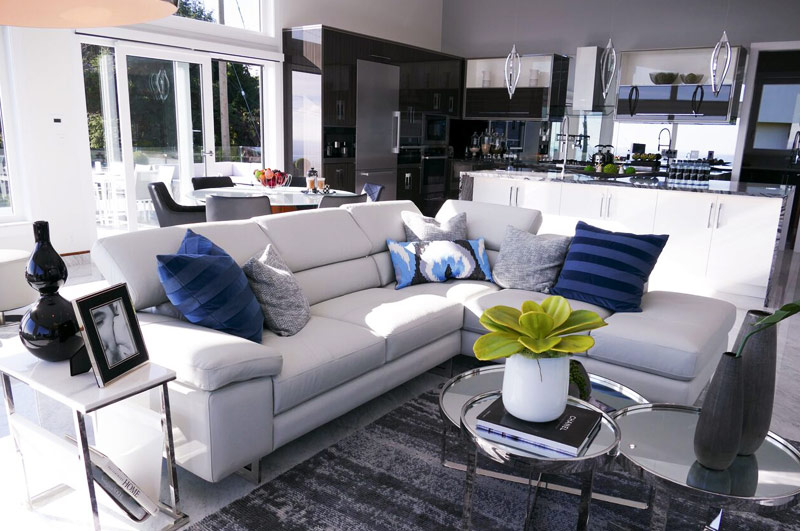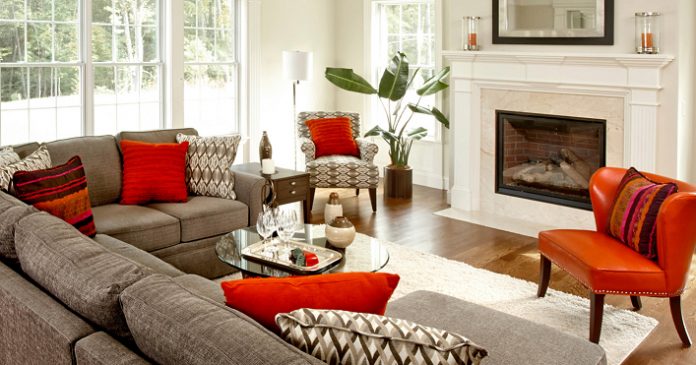Home Staging vs Interior Design: What’s the Difference? This is a question that lingers in a lot of people’s minds. The design industry is dynamic and competitive. This makes a career as a home design professional so exciting! Interior decorating and home staging are two of the most common career paths because of the fulfilment they bring. For this reason, it is not uncommon for people to wonder what the difference between the two is.

Home Staging vs Interior Design
Home staging is essentially a process that highlights a home’s best features. It also helps clients sell quickly (and get the best market price). As such, a home stager uses his interior decorating expertise to dress a home for sale. Clients who need their properties to appear large, clean and inviting usually use their services the most.
Here are a few examples of how home stagers carefully improve their clients’ homes in order to entice buyers:
- Banishing clutter from living rooms and bedrooms
- Displaying a client’s unique decorative items in new ways, through a process called redesign. For example, home stagers could arrange home accessories in a specific order that enhances the room.
- Removing personal items from the home, such as family photos, to create a more generic space that any buyer could imagine living in.
- Evaluating which repairs need to be made to the home’s exterior in order to improve curb appeal.
Home staging is a vital, popular service that is in high demand! When clients imagine themselves living happily in that particular space, it will increase their chances of purchasing. They, therefore, have to build trust with clients. This explains Home Staging vs Interior Design.

Interior Decorating
This is the most well-known branch of the home design industry. Interior design deals with the look and feel of a room. It entails transforming the space through the use of accessories, artwork, etc. They work closely with their clients to select color schemes and also to place furniture. To add to that, they accessorize in ways that reflect the client’s unique taste and personalityor decorator, here are some examples of how you’ll transform your clients’ homes:
- Using a checklist to assess a space in order to determine what is missing, or what could be improved.
- Reproducing a particular style within your client’s home, such as an Art Deco or a Southwestern design style.
- Creating a specific mood through the use of lighting fixtures, according to what your client has requested.
- Helping your client make the most of small spaces, such as bathrooms and kitchens. This includes replacing sinks or appliances and adding color.
Clients depend on professional interior decorators to take their regular living and working spaces from ordinary to extraordinary! This role requires a keen eye for detail as well as an understanding of color theory and textures to provide clients with the best advice possible.

Home Staging vs Interior Design: Difference in Certification
Home design is an unregulated industry and at times pure passion and talent might cut it. As such, you are not required to become formally licensed. However, clients will be more willing to work with you if you have completed professional design training. You can take classes online or enroll in an institution near you.














